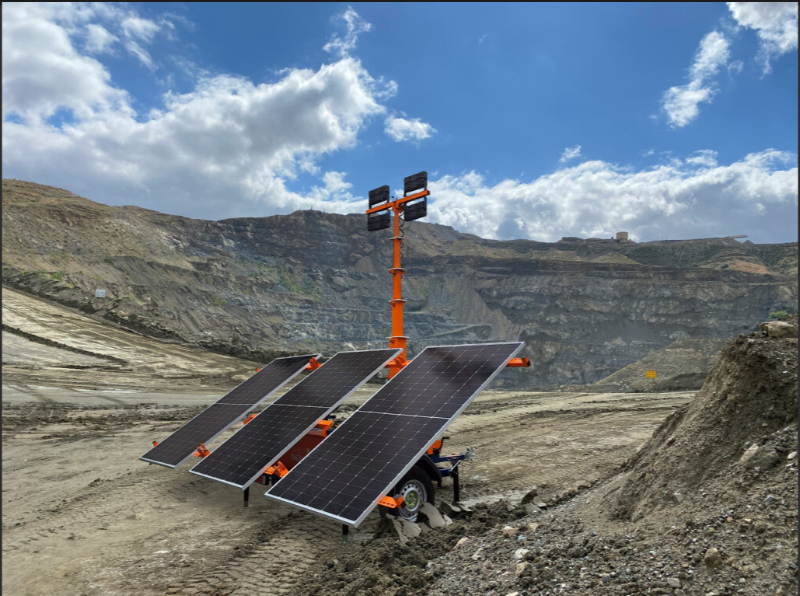Cleanlight Opinion: Trump’s Polysilicon Tariff Probe Sparks Market Uncertainty
The recent Trump administration’s Section 232 investigation into imported polysilicon imports marks a pivotal moment in the U.S. solar industry, raising concerns about potential tariffs that could disrupt global supply chains and reshape domestic manufacturing strategies. This move could impact costs, project timelines, and future investments in clean energy infrastructure. In this analysis, we cut through the noise with insights you can use now.
Initiated by the Department of Commerce, Bureau of Industry and Security, and the Office of Strategic Industries, this investigation quietly began on July 1 and has now entered the public sphere. While timing adds strategic intrigue, the core issue is the growing dependency on polysilicon imports and potential national security implications. The U.S. sourced an estimated 95% of its polysilicon needs externally in 2025, with Chinese production dominating the landscape.
Cleanlight believes this investigation represents more than just regulatory theatrics – it signals a potential shift in U.S. trade policy toward solar manufacturing. While import alignment with government initiatives and domestic industry – but companies should conduct their own risk assessments. Supply chain complexity is high; Europe is simultaneously facing regulatory changes of its own that could ripple through the industry.
- Market uncertainty may delay or cancel upcoming solar projects
- Consumers could face higher solar system pricing if tariffs are imposed
- The probe could incentivize U.S. polysilicon producers to scale operations
As noted by the author, "The post US launches new tariff investigation into imported polysilicon appeared first on Solar Power World."
This is a crucial time for stakeholders to evaluate their supply chain resilience. The domestic polysilicon industry currently lacks the capacity to meet surging U.S. demand, but strategic investments in production facilities may yield long-term benefits. Will this investigation lead to actionable reforms, or simply become another political footnote in the solar industry’s uncertain future? We want to hear your thoughts in the comments!


